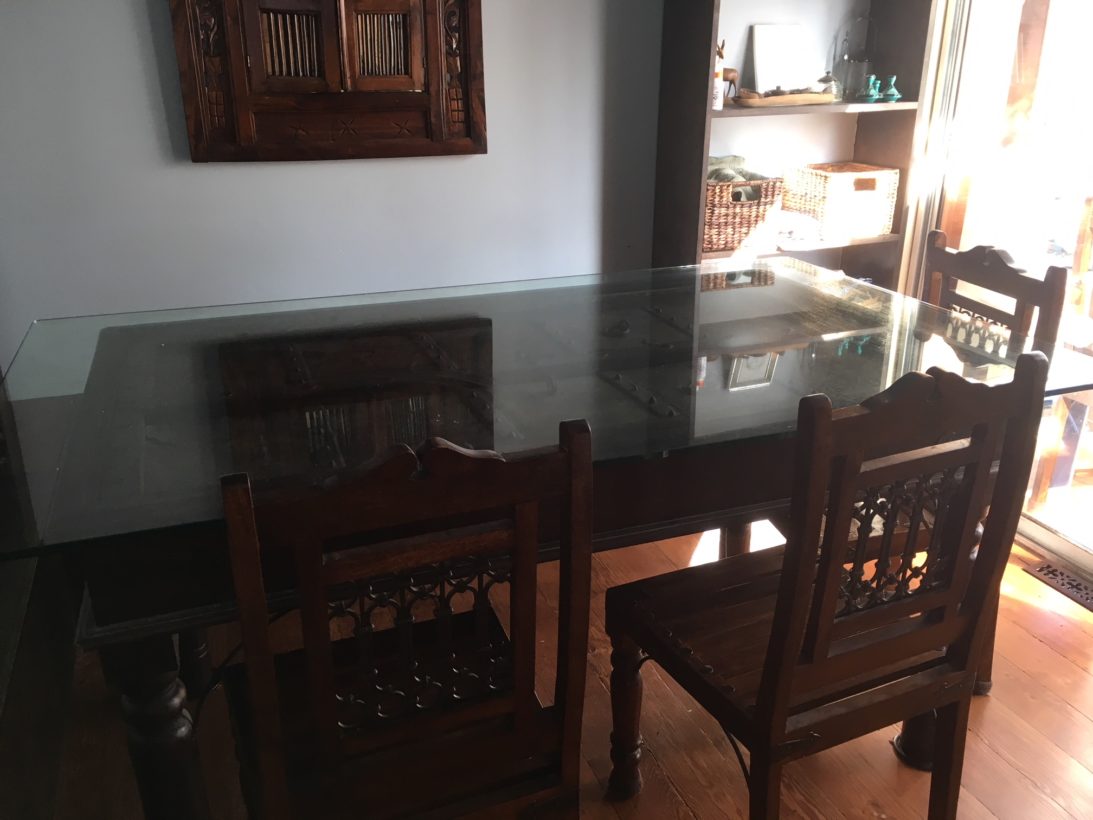38 As Jesus and his disciples were on their way, he came to a village where a woman named Martha opened her home to him. 39 She had a sister called Mary, who sat at the Lord’s feet listening to what he said. 40 But Martha was distracted by all the preparations that had to be made. She came to him and asked, “Lord, don’t you care that my sister has left me to do the work by myself? Tell her to help me!”
41 “Martha, Martha,” the Lord answered, “you are worried and upset about many things, 42 but few things are needed—or indeed only one. Mary has chosen what is better, and it will not be taken away from her.” – Luke 10:38-42
I find myself struggling with how the Christian church views the role of women in church governance. This is not a piece to argue for the inclusion of women in leadership positions within local churches, though I have definite opinions on this topic, but rather to look at the role women play within the local congregation that takes the complementarian view and how to better serve women within this context.
Complementarianism is belief that God created men and women different (though typically seen as equal) and prescribed different roles for them in life in general and in the family and church specifically. Examples of this are that husbands are the head of the household and wives the “helpmeet”. Churches with this perspective vary greatly in the execution of this belief with some churches not permitting women in any form of church leadership in any situation that includes men, from reading announcements from the pulpit or serving communion. Other churches allow women in all roles except as the pastor of the congregation. Most churches with this theological perspective fall somewhere in the middle.

While I understand that stereotypes regarding what men and women are like can be grossly inaccurate, I’m going to, for the purpose of this piece, embrace some of the more common stereotypes. As a woman who has spent much of my adult life feeling inadequate because I didn’t fit the stereotype, there is a part of me that is pained by this, but also a part of me that understands that the stereotypes were formed in part because they do in fact reflect much of the general population of the church body. Even in my rebellion of these stereotypes, they reflect me in part as well.
In a typical congregation, you are more likely to fine women running the nursery and the Sunday School program for the younger grades. You are more likely to find men doing the more physical tasks of building repair, things that involve ladders and tools. If your church makes meals for new mothers, the ailing, or the homeless, those ministries are typically supported by women. If your church hosts a potluck, the men are more likely to set up and tear down the tables and chairs, and the women to cook and serve the food.

Both men and women teach. Even if not legislated by the church government, men are more likely to teach men and mixed audiences, and women are more likely to teach women and children.
If in fact, these differences are God created and ordained, then it makes sense that men and women would naturally fill different roles within the congregation. Let us assume that God has in fact ordained the prohibition of women from being pastors and elders. Then how does this impact women and the congregation as a whole?
- When the elders meet to discuss finances, calendars, and building concerns, do they invite into their meetings the women who are running the Sunday School?
- When a church member is struggling, is the hospitality ministry consulted on the best manner of meeting the practical needs of the this person/family?
- When there is a conflict in the church that involves a woman, are female leaders consulted on the best way to address the conflict from a women’s point of view?
- Do women’s voices lead worship for the female worshiper to follow?

If women are really so different than men in the way we think and process information, if we are different in our nature and created to serve in different areas then men, then isn’t it important to at least include women at the table where decisions are being made? If men, who are very different in their nature and understanding, are left to make decisions the impact women, doesn’t it make sense to include women in the conversation?
If women don’t have a seat at the table where decisions are being discussed, they are not only not fully being represented, but they are not being ministered to in an effective manner. Women aren’t being prayed over in person like their male counterparts nor are they able to offer their prayers in like manner. Women’s voices are vital to the health of the entire church community.
What if a football team only consulted offensive players and coaches in regards to practices, equipment, and plays, and never the defense or special teams? Why do we do just this in the church?
How can complementarian churches keep their convictions and still minister with and to women?
Make it a regular habit of include women in all church board meetings (elders, trustee, etc.), even if the men are the only ones who “vote” or need additional time alone. It’s not enough to go home and ask the opinions of their wives, or email some of the female leaders in the church for their input. There is a lot of wisdom found in the interaction of a group that cannot be replicated any other way. This is where the prayers of the faithful leaders are lifted up. This is where the congregation finds it’s direction, so why do churches intentionally handicap themselves by tying one of their hands behind their backs? The broader the perspectives and the more varied (age, race, gender, etc.) those seated at the table, the less likely you will be to fall into group speak or have blind spots within your ministry.
What if we simply invited women to the table?

